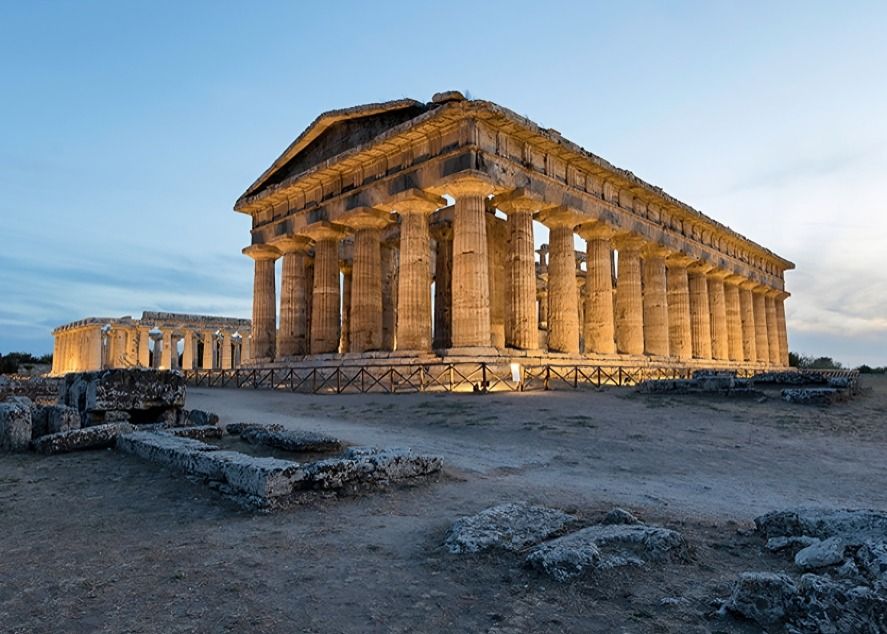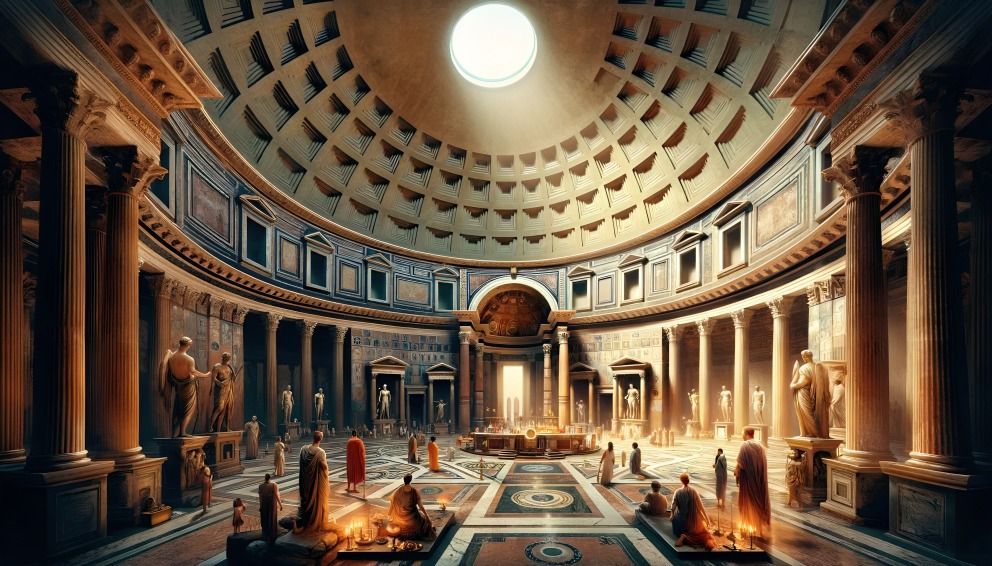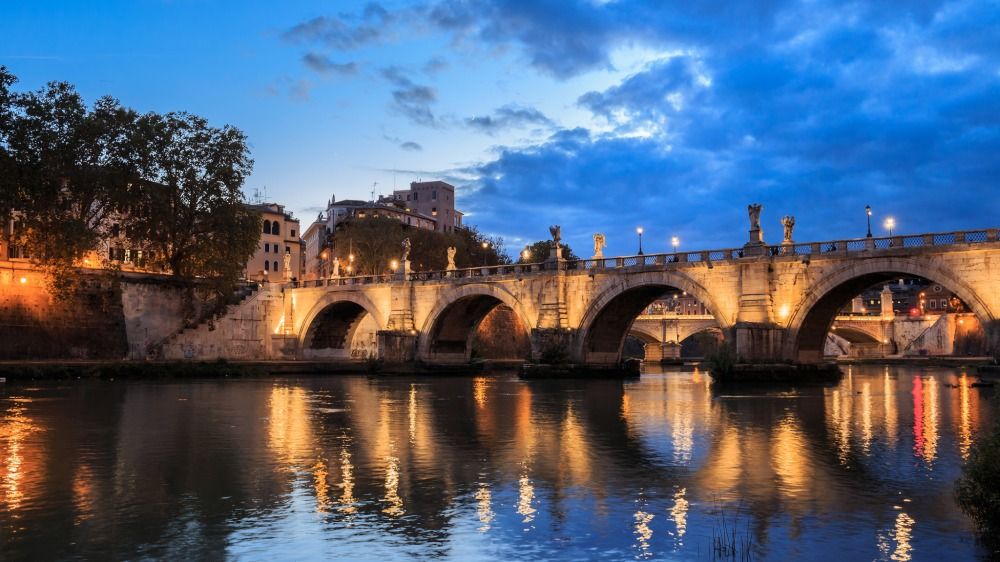
“
Roman architecture stands as a testament to the engineering brilliance of the ancient world. From grand structures like the Colosseum to the intricate network of aqueducts, the Romans created architectural marvels that have stood the test of time. This article unveils 20 incredible facts about Roman architecture, exploring how these ancient feats of engineering shaped the modern world.1
1
”
The Romans pioneered the use of concrete, known as opus caementicium, which allowed them to build massive structures like the Pantheon. 1
Romans perfected the use of arches and vaults, enabling them to construct larger and more stable buildings. The arch allowed for the distribution of weight, making it possible to create expansive public spaces like amphitheaters. 2
Roman aqueducts, such as the Aqua Appia, were engineering marvels that transported water over long distances. Using gravity and precise gradients, these structures supplied clean water to cities, supporting urban growth.3
The Colosseum in Rome, an engineering triumph, could seat over 50,000 spectators. Its complex system of arches, vaults, and corridors allowed for efficient crowd control and remains one of the most iconic Roman buildings. 4
Romans built over 250,000 miles of roads, many of which still exist today. These roads were crucial for military and trade purposes, featuring multiple layers of materials for durability and effective drainage. 5

The Pantheon boasts the largest unreinforced concrete dome in the world, with a diameter of 142 feet. Its oculus, a central opening, reduces weight and serves as the building’s only natural light source.
Romans constructed durable bridges using arches, such as the Pont du Gard in France. These bridges were so well-built that many still stand today, a testament to their engineering prowess. 6
The Roman Forum was the political, religious, and social heart of Rome, with structures like the Senate House and various temples. Its layout and design influenced future city planning and public spaces. 7
The Baths of Caracalla were an architectural masterpiece and a feat of engineering, with complex heating systems called hypocausts that distributed hot air beneath the floors to warm the baths. 8
Romans implemented advanced urban planning techniques, including grid layouts for new cities, sanitation systems, and public amenities. Cities like Pompeii reveal their attention to infrastructure and community spaces. 9
Roman amphitheaters weren’t just limited to Rome. Structures like the Amphitheater of El Djem in Tunisia are examples of how Roman architectural and engineering expertise spread across the empire. 10
Romans used marble extensively for monuments and public buildings, such as the Arch of Constantine. This choice of material was both practical and symbolic, showcasing the power and wealth of Rome.11
Roman apartment buildings, called insulae, were multi-story structures designed to house the growing urban population. These buildings were often several stories high, using concrete and brick for stability. 12

The Cloaca Maxima, Rome’s ancient sewage system, is one of the earliest examples of urban drainage. It effectively diverted waste and rainwater away from the city, keeping public spaces cleaner and more hygienic.
Roman triumphal arches, such as the Arch of Titus, were built to commemorate military victories. These structures were both decorative and symbolic, representing Rome’s dominance over its enemies. 13
Romans mastered the use of domes in buildings like the Pantheon, manipulating light to create dramatic interior effects. This architectural feature became a hallmark of Roman design and later inspired Renaissance architects. 14
Roman basilicas, originally used for legal and public proceedings, later became the model for early Christian churches. These large, rectangular buildings with central aisles were key elements of Roman civic architecture. 15
The Circus Maximus was the largest stadium in ancient Rome, capable of seating up to 150,000 spectators. It hosted chariot races and public events, featuring a long, oval design with seating tiers for optimal viewing. 16
The Romans built impressive fortifications like Hadrian’s Wall in Britain. This defensive structure stretched 73 miles and included forts, towers, and gates, showcasing Rome’s military engineering skills. 17
Roman engineers were also responsible for the development of harbors, such as the Portus near Ostia. These harbors supported trade, military operations, and urban growth, demonstrating Rome’s maritime engineering capabilities. 18


